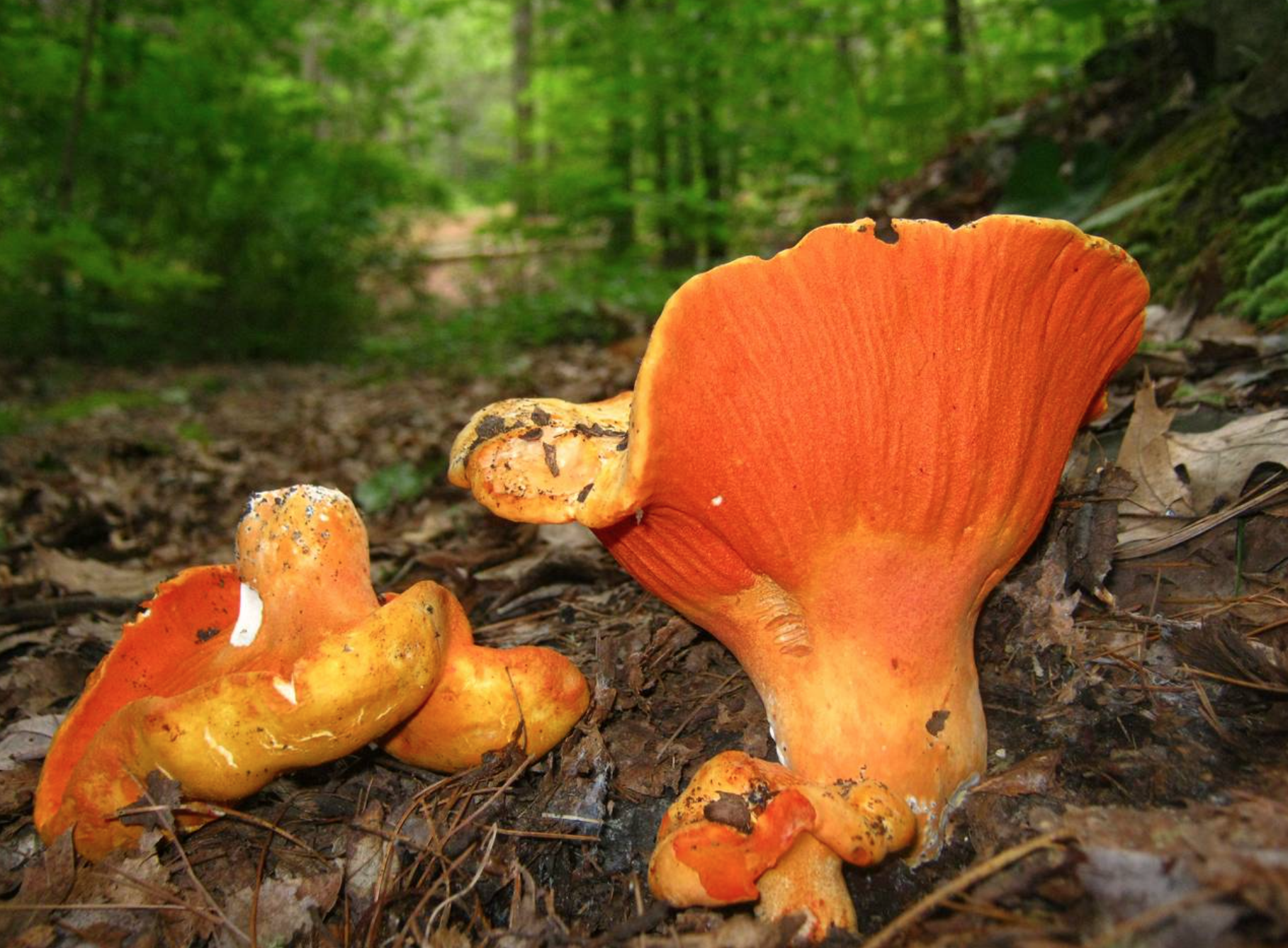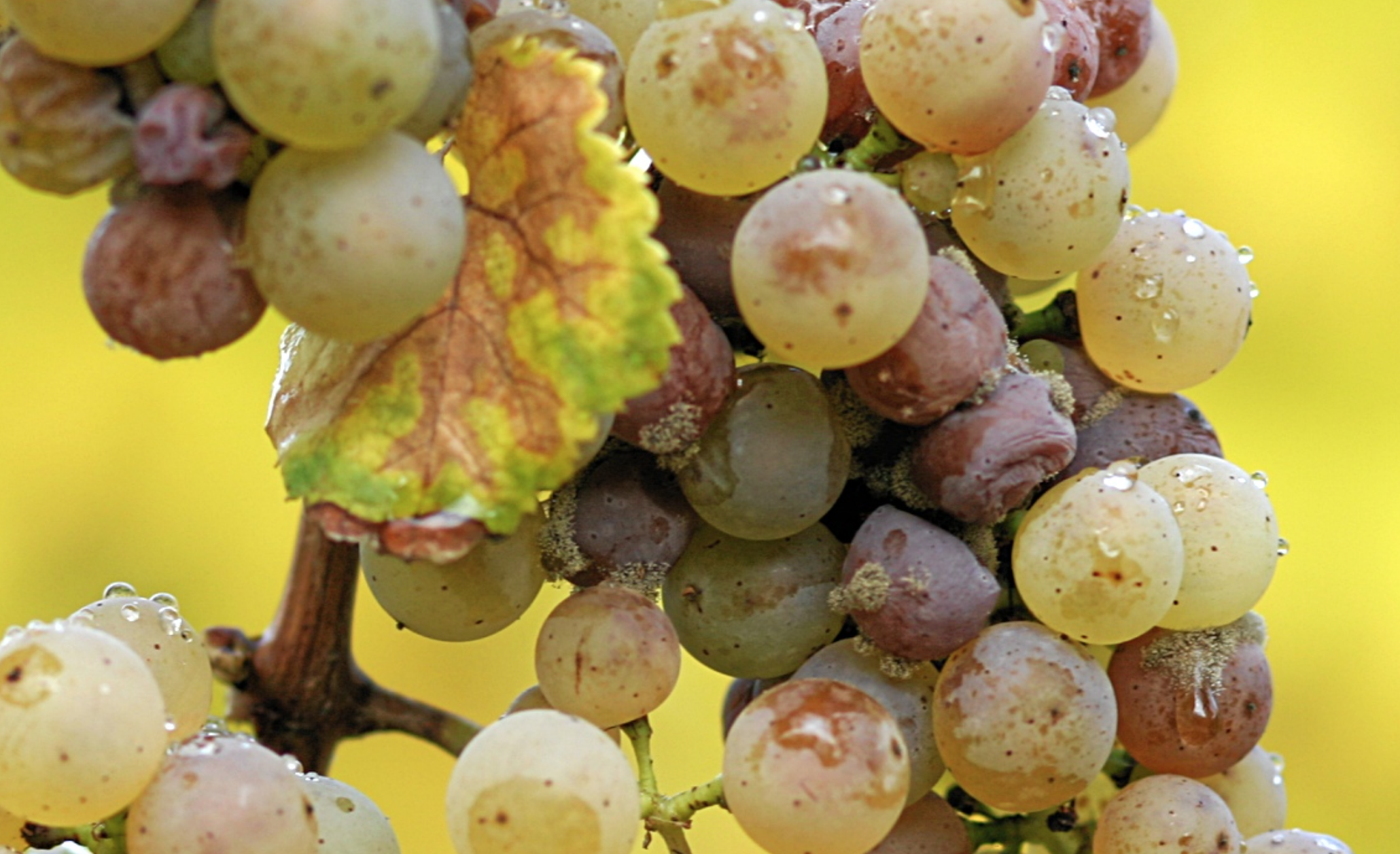Today I learned how one forest floor parasite actually changes the chemical composition of its host, thereby altering its texture and flavor profile. For this reason, after the fruiting bodies of some Russula and Lactarius species become fully infected, they become highly sought-after. Additionally, I learned that the quantity of DNA in both species involved becomes altered both spatially and temporally. Today I learned how one forest floor parasite actually changes the chemical composition of its host, thereby altering its texture and flavor profile. For this reason, after the fruiting bodies of some Russula and Lactarius species become fully infected, they become highly sought-after. Additionally, I learned that the quantity of DNA in both species involved becomes altered both spatially and temporally.
Read more





